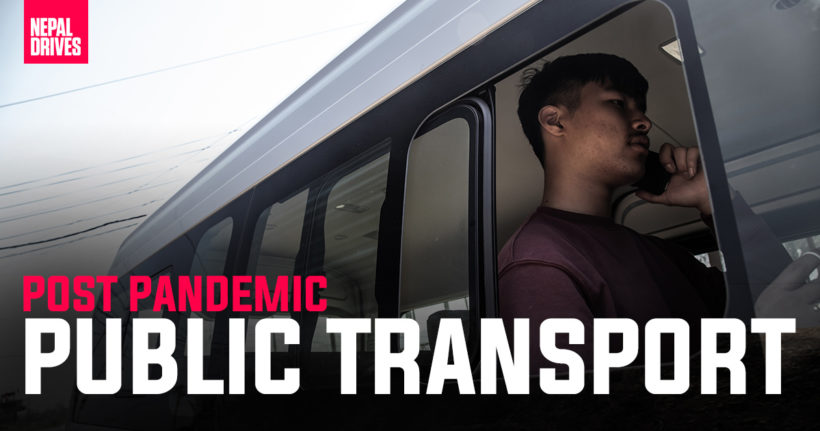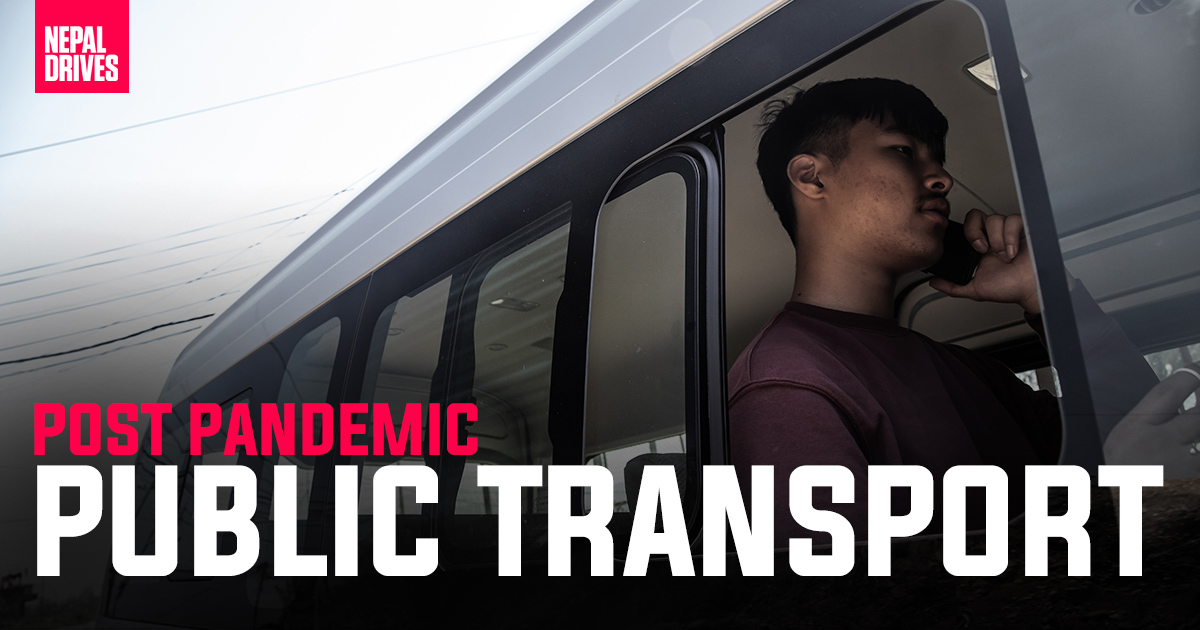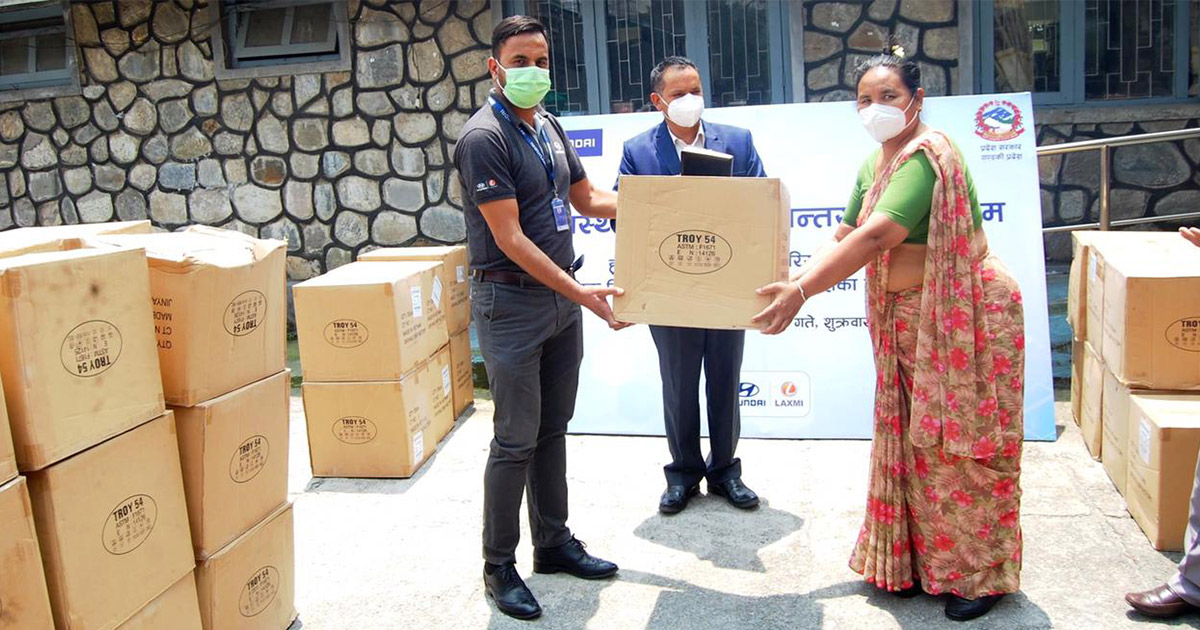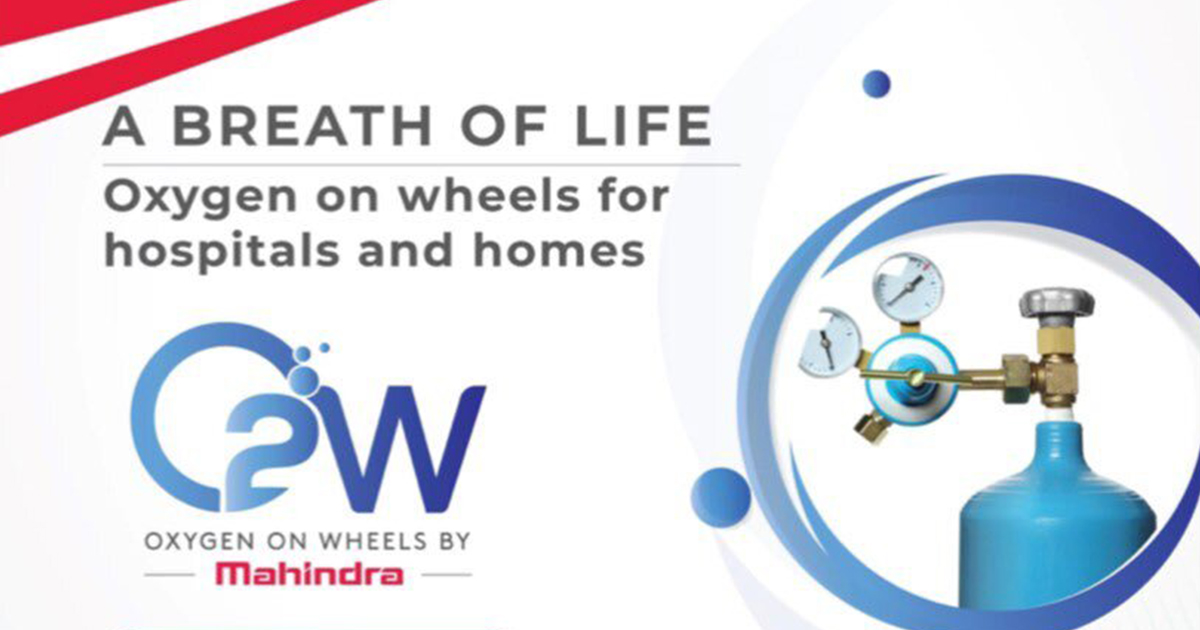Looking Ahead: Post-Pandemic Public Transport
Share



Public transport has always been the primary mode of transportation for the majority of the people in the country. Simply put, people do not possess the economic ability to purchase a personal mode of transport. Henceforth, the general public is compelled to resort to a public medium of transportation.
Now, the atrocity that is the public transport system of Nepal is common knowledge to everyone. It is unsafe, unmanaged, and uncivilized. The syndicate has the system by the balls and there is little that anyone can do about it. Going on about the dismal state of the public transport system of our nation would be like beating a dead horse.
COVID-19 has changed our attitude to using public transport. However, it is still an integral part of today’s urban world. People need to get around. Currently, all forms of public transport have halted due to the pandemic. But, once some form of normalcy is attained, public transport will resume. Now, the atrocity that is the public transport system of Nepal is common knowledge to everyone. It is unsafe, unmanaged, and uncivilized. The syndicate has the system by the balls and there is little that anyone can do about it. Going on about the dismal state of the public transport system of our nation would be like beating a dead horse. Furthermore, the syndicates are going to put pressure on the authorities to recommence the public transport industry as soon as other industries open. And once this happens, the system will bring forth with it a whole new spectrum of problems: contagion.

Stuffing a vehicle above its capacity is something that is commonplace in the roads of Nepal. It compromises the ability (braking, maneuvering, etc.) of the vehicle especially when most drivers insist on driving like they’re collecting coins on the roads to get a new high score. It has also been the culprit in hundreds, nay thousands, of fatal accidents throughout the country.
In addition to these problems, the Covid-19 outbreak has underlined the very real problem of hygiene that public transport presents. Cramming in the shoulder to shoulder (and that’s putting it gently) with strangers into a filthy vehicle has always been unhygienic, the coronavirus has only exacerbated the severity. But does that mean we can shut down the public transport? Of course not. What it does entail is the necessity to find a means of safe travel in public transport.
The governing bodies have made several attempts to curb these misdeeds exhibited by public transport, but the efforts have always fallen flat. However, undertaking and enforcing safety measures has never been more important. Now, as ironic as it may sound, this godawful virus might just be the defining moment that could help transform the system in the country. And why is that?
There is Public Awareness. This pandemic has been successful in making people aware of the perils of contagious viruses. It has instilled a sense of fear in people, which hopefully transpires the importance of taking the necessary precautions for one’s own health. Consequently, this fear might just nudge people towards adopting safer measures while traveling via public transport by adhering to the new reforms; keyword here being ‘reforms’.
Because public transport is a necessity, it is the government’s job to make sweeping adjustments to the system to ensure the safety of the people. It is now the perfect opportunity to imply stringent reforms to the system that has a higher chance of being embraced by everyone.
There are several measures that can be and need to be implemented. Firstly, a strong and managed system is the need of the hour. Crowding around a bus station (or the side of the road) to catch a bus and piling in till it’s so cramped that you can’t scratch your nose is not going to fly. The government needs to immediately invest in infrastructural reforms that will allow people to use public transport like civilized people. It seems that the primary problem here is that there aren’t enough vehicles to meet the demand of the general travelling public.
At this moment, budget restrictions are certain to be a problem. However, in the long run, it is definitely something that should get the attention it requires. Because public transport is a necessity, it is the government’s job to make sweeping adjustments to the system to ensure the safety of the people. It is now the perfect opportunity to imply stringent reforms to the system that has a higher chance of being embraced by everyone.
According to the World Bank, governments should begin drafting recovery measures to ensure the financial sustainability of transport companies, particularly because the pandemic pushes the global economy to a significant slowdown. And, the government should immediately kick-start this process. Hence, it’s very important to assess the capacity of public transport under different scenarios.
For now, the need of the hour is immediate actions that people can take when public transport resumes. On an individual level, people can adopt safety practices when traveling. This needs to be strictly reinforced by authorities and vehicle operators. Here are a few things that can be implemented:
- Bus ticket systems can be implemented; it is even better if there is an e-ticket option. The motive here is to reduce the point of contact as much as possible. For example, Rwanda has invested heavily in the digitization of public transport. The cashless bus fare payment system has helped public transport companies cut costs in Rwanda.
- Public transport should operate between 30% to 50% of the total capacity depending upon the demand. Similarly, a timecard system can also be implemented to ease the loading and unloading time during rush hour.
- Front-door boarding should be closed to avoid unwanted contact with the driver. In case a vehicle has only one boarding area, the driver area should be separated with screens or shields.
- Reduce the maximum number of passengers per vehicle. And put social distancing markers inside vehicles and bus stops to mark adequate spacing.
- Ensure proper ventilation in the vehicle at all times and encourage the passengers to use windows and fans to increase fresh air.
- Staff should be reminded of the required basic rules of personal hygiene.
- Designated stops need to be diligently used instead of randomly stopping vehicles on the side of the road. These stops should also be used properly by passengers. This means everyone will have to wait patiently and avoid crowding.
- All passengers should be wearing face masks/covers when getting on the bus stop and during the entire time of travel.
- Only people with a confirmed ticket can get in the vehicle.
- All passengers should be provided with hand sanitizers at entry and exit.
- During boarding and travel, passengers should practice social distancing as much as possible. Wait for the next service if the current service is full.
- All vehicles need to be subject to regular and frequent cleaning and disinfection. This also needs to be diligently reinforced by the authorities and vehicle operators. Ensure frequent cleaning and disinfection of frequently touched surfaces such as handles and rails.
- Is your journey necessary? If you’re unwell or showing any signs of being sick, it is a good idea to avoid taking the public vehicle.
- Taxis (and other vehicles) can also think about introducing glass screens in their vehicles to separate the drivers from the passengers.
- The authorities should put infographics in waiting areas and bus stops, explaining the importance of physical distancing, and hygiene. Information bulletins should be displayed throughout the premises.
With everything said and done, it is important to reiterate the perils of restarting public transport too soon and without the right precautions. It is a vital sector in the urban world, therefore there is no question if it should or should not be reinstated. It is only a matter of how soon and with what measures. At the moment, all we can do is that the associated authorities take the necessary steps to ensure the safety of the civilians and keep the cities running.












